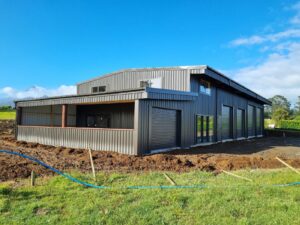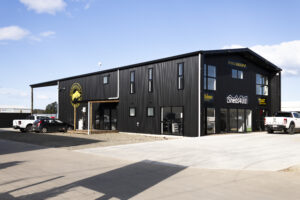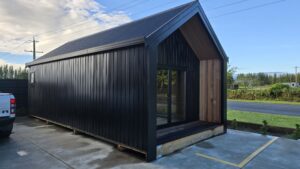Is a new industrial building worth the investment?
If your current business space is no longer adequate, you may be thinking of building new commercial premises. It can really get the heart beating for several reasons – but especially when you ask yourself if it will be a smart investment!
That’s when things can get tricky. Calculating your Return On Investment (ROI) isn’t always a simple thing. Way beyond construction costs or the future value of your property, the new premises will impact on your bottom line, your efficiencies, and even how your Brand is perceived. There are several factors you need to take into account to make sure your project stacks up.
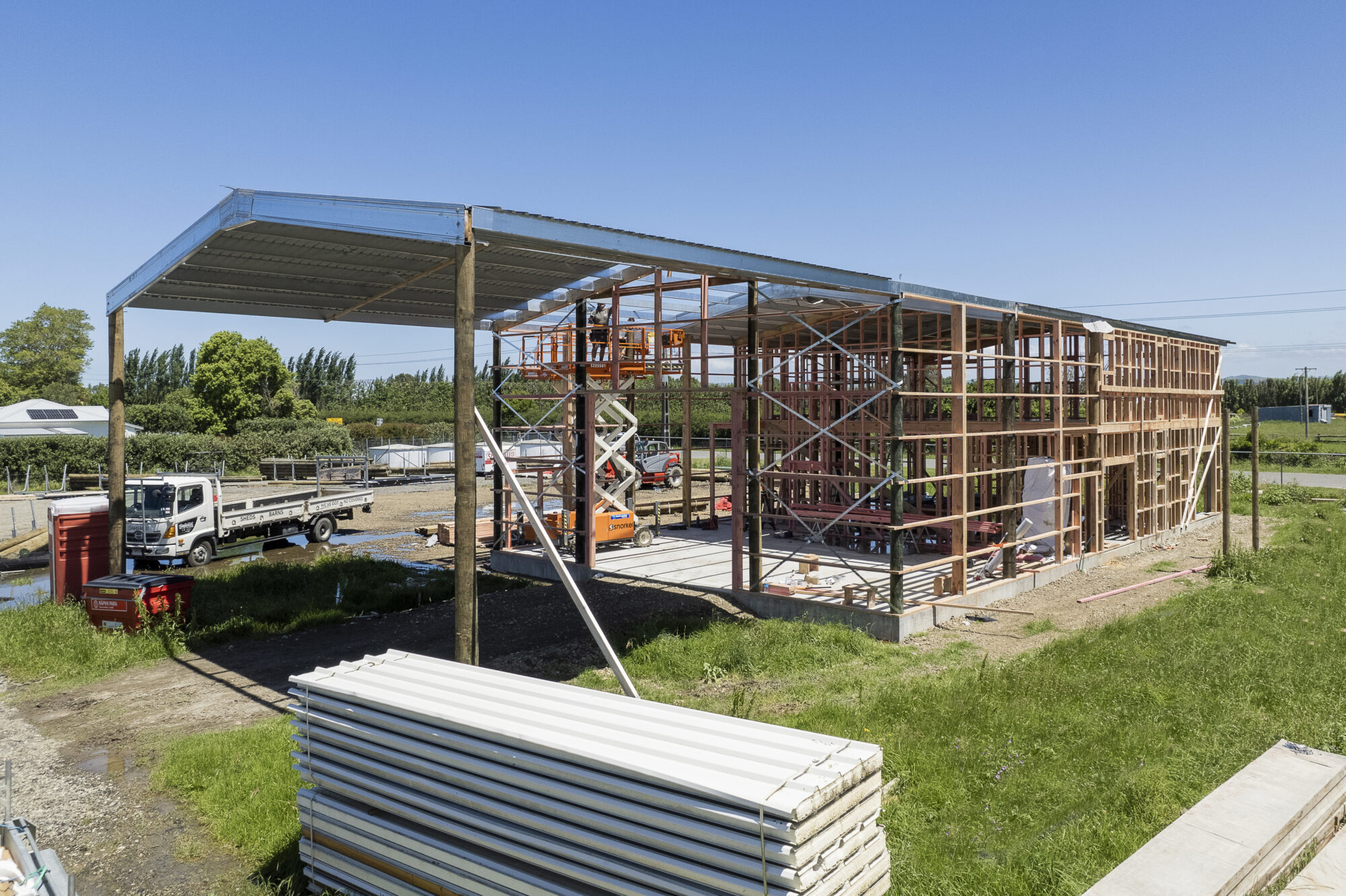
Expected Annual Returns (Revenue):
Next, estimate the potential revenue generated by the new business premises. As examples:
- Increased Sales: Is the new location expected to increase foot traffic or make operations more efficient? Will you be able to keep more stock, making you more efficient – will this venture lead to higher sales?
- Rent Income: If the property has spare rentable space (i.e. office or shared admin space), any rental income could be a source of return.
- Operational Savings: These days, most new builds are far more energy efficient, which leads to lower operational costs. They can also be tailored to include parking, in-house storage and more, all of which benefits your bottom line and should be considered as part of the return.
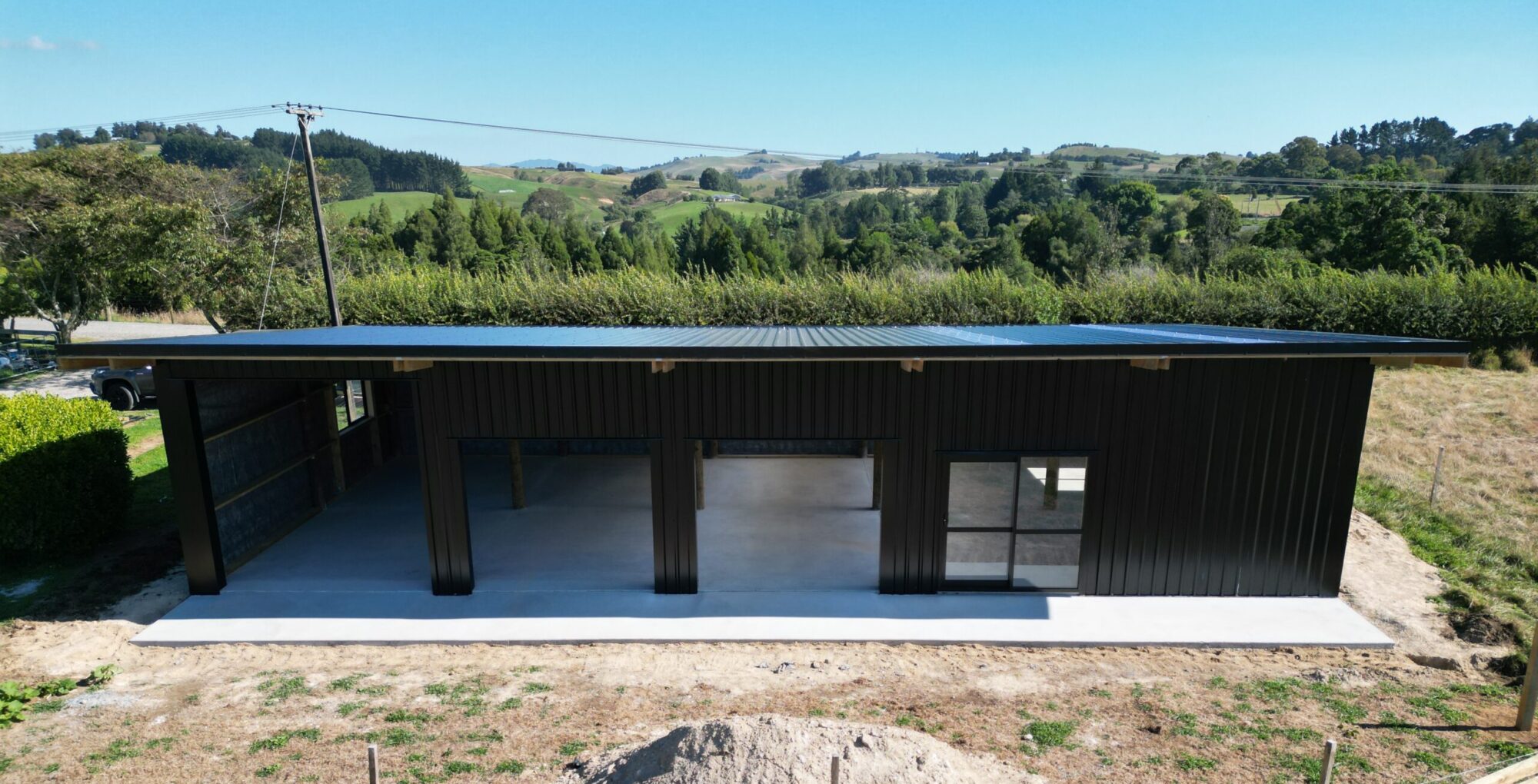
Calculating ROI
The basic formula to calculate ROI is:
Rental Yield (%) = (Annual Rental Income ÷ Property Value) x 100
Let’s see how that works (figures for example only):
- Total Cost of Investment: $1,000,000 (purchase) + $50,000 (fittings) + $20,000 (other costs) = $1,070,000
- Total Revenue: $120,000 (annual rental income) + $50,000 (capital appreciation) = $170,000
- Total Costs: $120,000 (annual rental income) – $30,000 (property taxes, insurance, etc) = $90,000
- Net Profit: $170,000 (total revenue) – $90,000 (total costs) = $80,000
- ROI: ($80,000 / $1,070,000) x 100% = 7.49%
Net Profit is the total revenue generated from the new premises minus the total investment (costs).
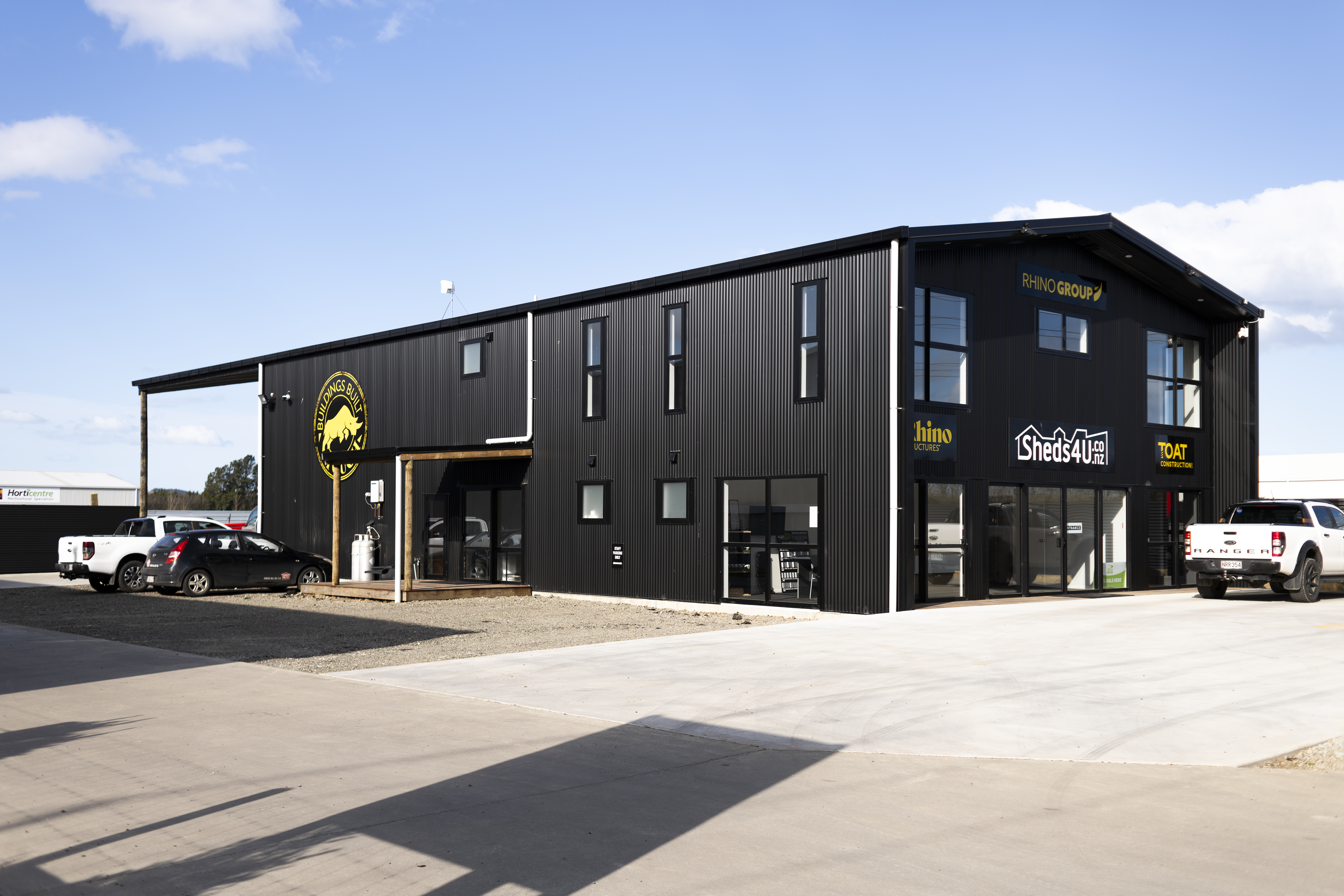
What’s your time frame?
ROI is often calculated annually, but depending on the nature of the project, you may also want to calculate the ROI over a longer period (e.g., 5 years, 10 years). You might also use a discounted cash flow (DCF) analysis to account for the time value of money.
Other things to consider:
- Market Risk: The ROI calculation assumes stable market conditions, but fluctuations in the economy, property value, or local market demand can impact your returns.
- Tax Implications: Property taxes, depreciation, and any other tax-related factors should be included in the ROI calculation.
